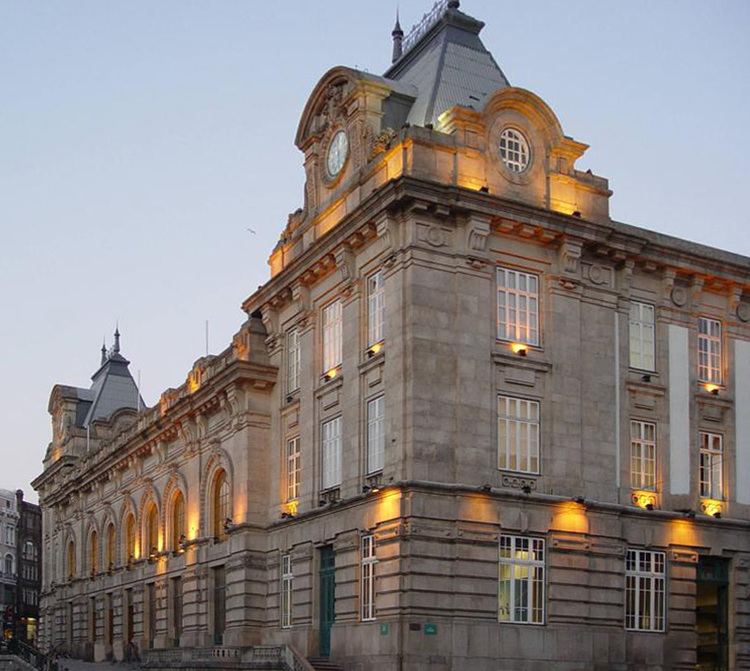Construction started 1900 | Opened 5 October 1916 | |
 | ||
Similar Palácio da Bolsa, Dom Luís I Bridge, Clérigos Church, Porto Cathedral, Livraria Lello | ||
Esta o de s o bento railway station in porto portugal
São Bento Railway Station (Portuguese: Estação de São Bento) is located in the city of Porto, in Portugal. Inaugurated in 1916, the historical station is known for its tile (azulejo) panels that depict scenes of the History of Portugal. It is located in the Almeida Garret Square, in the centre of the city. It remains in regular use as a railway station, served by trains operated by Comboios de Portugal.
Contents
- Esta o de s o bento railway station in porto portugal
- James outside s o bento railway station
- History
- Services
- Tiles
- Transport Links
- References
James outside s o bento railway station
History
The name of the station derives from a Benedictine monastery built on this spot in the 16th century. The monastery fell victim of a fire in 1783, was later rebuilt, but was in a grave state of disrepair at the end of the 19th century. In the context of an expansion of the railway system in Portuguese territory, King Carlos I laid the first stone of the station in 1900. Burr. The project was entrusted to Porto architect José Marques da Silva, who designed a building under the influence of French Beaux-Arts architecture.
Services
The station serves as the main terminus for Porto's suburban railways lines, and doesn't see much other service. It is also the western terminus for trains on the scenic Douro line to/from Pocinho. All trains leaving Sao Bento call at Campanhã as their next station.
Tiles
The most notable aspect of São Bento Station is the large, magnificent tile panels in the vestibule. The tiles numbers are 20 thousand, date from 1905–1916 and are the work of Jorge Colaço, the most important azulejo painter of the time. The first tiles were put up on 13 August 1905.
The panels depict landscapes, ethnographic scenes as well as historical events like the Battle of Valdevez (1140), the meeting of the knight Egas Moniz and Alfonso VII of León (12th century), the arrival of King John I and Philippa of Lancaster in Porto (1387) and the Conquest of Ceuta (1415).
Transport Links
The station is near vintage tram line 22 and is connected to São Bento Metro Station on Metro line D.
